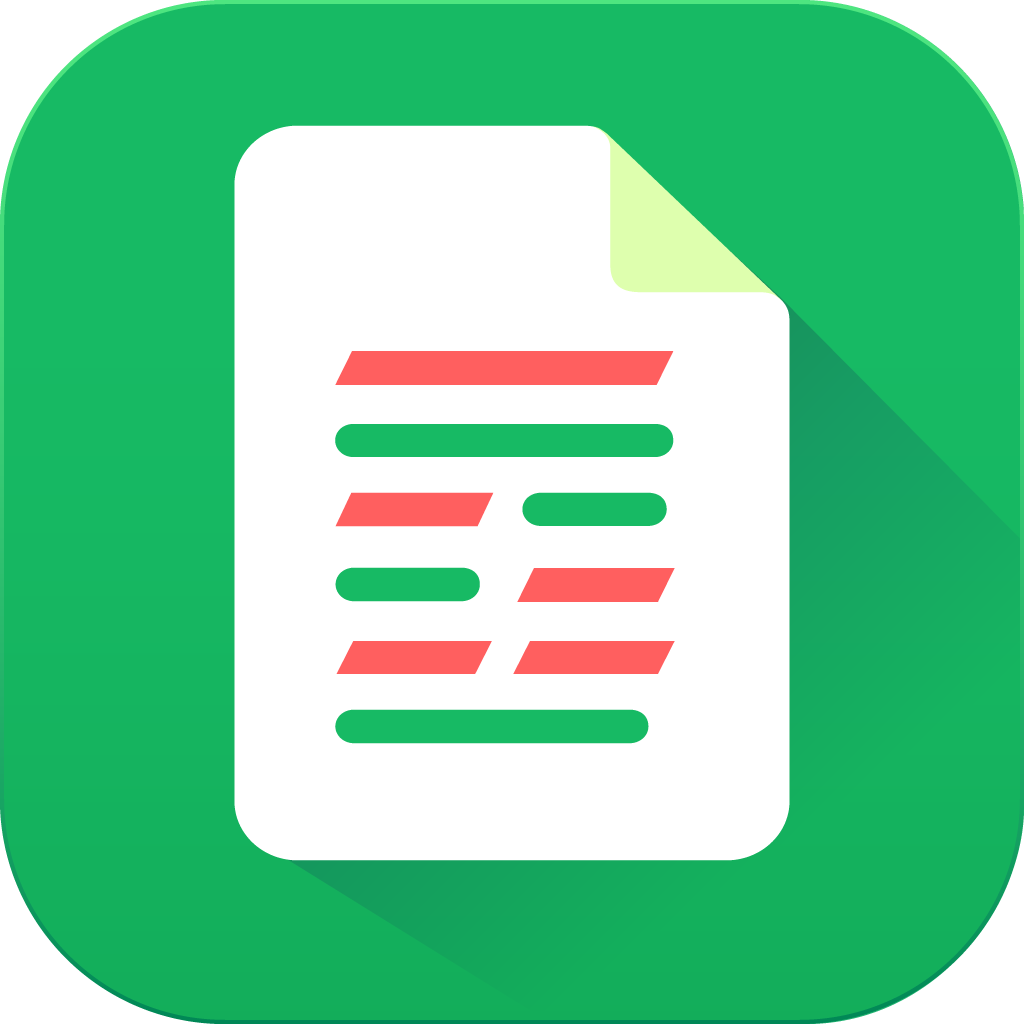PowerPoint presentations are used a lot in both the academic and professional worlds as a way to communicate. But, just like with any other form of written or spoken communication, the content of a PowerPoint presentation must be completely original. In this article, we’ll talk about how important it is to avoid plagiarism, the different ways to do so, and how to check your PowerPoint presentation for plagiarism.
Why is it important to look for Plagiarism in a PowerPoint?
Plagiarism is when you use someone else’s ideas or work without giving them the credit they deserve. It’s a big no-no in business, and it can get you kicked out of school or fired from your job and hurt your reputation. Plagiarism can happen in a PowerPoint presentation in a number of ways, such as when text, graphics, or graphs are used without a source or when someone else’s work is presented as their own. Before submitting or giving a PowerPoint, it is important to check for plagiarism to make sure the content is original and moral.
How to check a PowerPoint for plagiarism
Plagiarism can be found in a PowerPoint presentation in a few different ways. Here are some of the most common:
- Use an online plagiarism checker: There are many services on the internet that can check a PowerPoint presentation for plagiarised content by comparing it to a huge library of that content that has already been found. There are many online plagiarism checkers, but https://skandy.co/how-to-check-powerpoint-plagiarism is the most well-known one. To use this tool, all you have to do is upload your PowerPoint file and wait for the results. The software will flag any possible plagiarism and suggest ways to fix it.
- Manually check the sources: Another way to find plagiarised PowerPoint slides is to check the claims made by the presentation by looking up the references it uses. This means double-checking the presentation’s bibliography, footnotes, and citations, as well as the sources of any graphics or data included. This takes a lot of time, but it’s worth it to make sure your content is 100% original and has the right citations.
- Use plagiarism detection software: Several software packages can find plagiarism in a PowerPoint presentation. This kind of software finds plagiarism by comparing the content of the presentation to a huge database of already published works. The most popular plagiarism detection software program includes skandy.co

Advice on how to check if a PowerPoint is copied
In addition to the methods listed above, here are some other helpful ways to check a PowerPoint presentation for plagiarism:
- Use quotation marks and citations: Make sure to put quotation marks around any direct quotes you use in your PowerPoint presentation. Also, make sure to properly cite any paraphrases or summaries you use. This will stop you from plagiarising and show that you know what you’re talking about.
- Use original images and graphics: Adding photos and charts to your PowerPoint presentation is a great way to show your audience what you mean and keep their attention. Use graphics that you made yourself, or give credit to anyone who made a graphic you use. Pictures and pictures used without permission are also forms of plagiarism.
- Use multiple sources: Make sure there are no mistakes in your PowerPoint and that you haven’t copied content from other places. If you do this, you’ll look smarter and more objective, and it will be harder for someone to accuse you of plagiarism.
Conclusion
A plagiarism check is a necessary step to make sure that the information in a PowerPoint presentation is original and moral. Plagiarism can be found in PowerPoint presentations in a number of ways, such as using an online plagiarism checker or looking at the sources by hand.


Comments are closed.